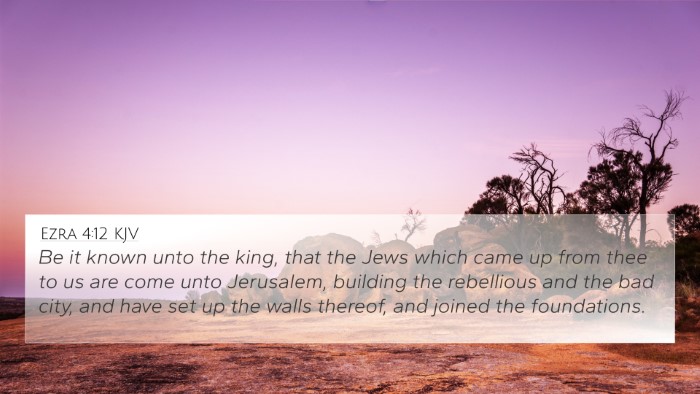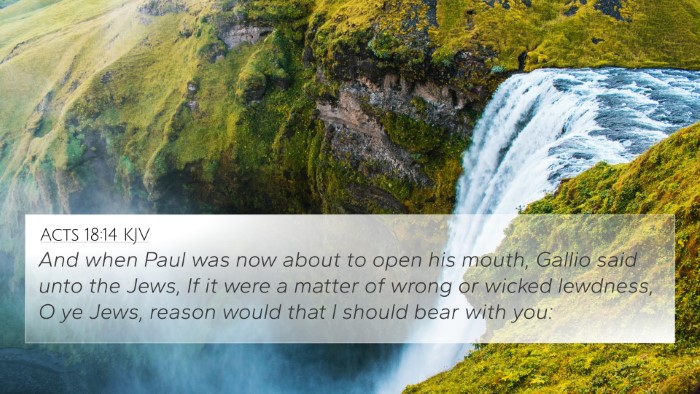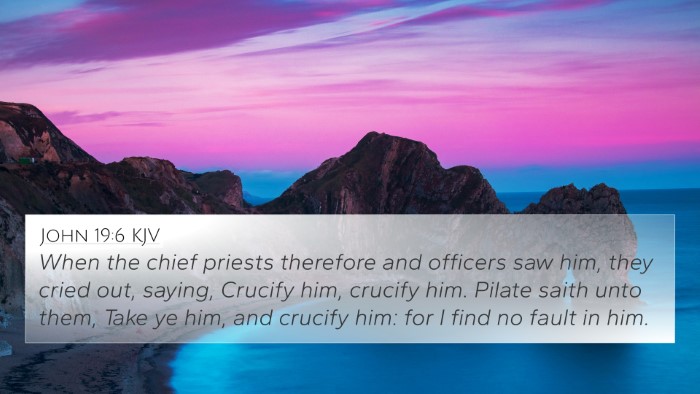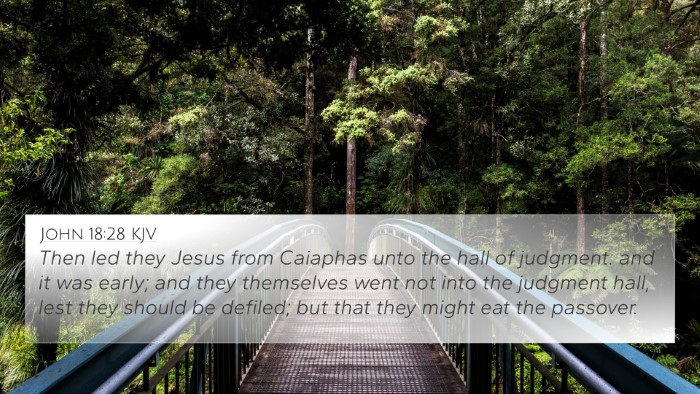Understanding John 18:35
In John 18:35, we see a striking dialogue between Jesus and Pilate, which holds profound implications for both historical context and theological meaning. The verse states:
“Pilate answered, Am I a Jew? Thy own nation and the chief priests have delivered thee unto me: what hast thou done?”
The Historical Context
To fully understand this verse, it's essential to look at the context surrounding it. Jesus stands before Pontius Pilate, the Roman governor, accused by the Jewish leaders. Pilate, reflecting on his Roman identity and position, questions the motives behind these accusations. His rhetorical question highlights the tension between the Roman authority and Jewish leadership, setting the stage for the unfolding events leading to the crucifixion.
Theological Insights
This verse offers several theological insights:
- The Rejection of Jesus: Pilate’s question can be seen as an indication of the broader rejection of Jesus by His own people.
- Authority of Jesus: Despite being brought low, Jesus’ authority as Messiah is implied through Pilate's inquiry and the circumstances surrounding the trial.
- Universal Conflict: The verse exemplifies the conflict between worldly governance and spiritual truth.
Commentary Insights
Various public domain commentaries shed light on this passage:
- Matthew Henry: Emphasizes the irony in Pilate’s ignorance of the spiritual significance behind the events taking place. He notes that the same nation that delivered Jesus to Pilate is the one He was sent to save.
- Albert Barnes: Points out that Pilate’s question indicates his detachment from the Jewish issue and reflects the larger indifference of the Gentile world towards the Gospel at that time.
- Adam Clarke: Offers a perspective on Pilate's character and authority, suggesting that he was more concerned about political ramifications than recognizing Jesus’ true identity.
Cross-References and Thematic Connections
This verse connects to several other scriptural passages that provide deeper insights into Jesus' trial and the themes of authority and rejection:
- Matthew 27:1-2: The plot against Jesus becomes apparent as leaders convene to deliver Him to Pilate.
- Luke 23:3: Jesus’ acknowledgment of His kingship despite Roman questioning.
- John 1:11: “He came unto his own, and his own received him not.” This illustrates the rejection of Jesus by His people.
- Isaiah 53:3: “He is despised and rejected of men; a man of sorrows, and acquainted with grief.”
- John 18:36: Jesus’ declaration that His kingdom is not of this world deepens the understanding of His mission.
- John 19:10-11: Pilate's authority is put into perspective against the backdrop of God’s divine plan.
- Matthew 21:42: Another reference to the stone that the builders rejected becoming the cornerstone.
Conclusion
In summarizing John 18:35, one can see how it reflects the dissonance between spiritual truth and worldly authority. Pilate, caught in a political quagmire, unknowingly engages in a pivotal moment of history that highlights the fulfillment of prophesies concerning Jesus’ rejection. The connections between Bible verses deepen our understanding of these themes, allowing for a more comprehensive exploration of the narrative of Christ’s passion.
Tools for Further Study
For those interested in delving deeper into Bible verse connections, consider the following tools:
- Bible Concordance: A great resource to find specific words and their occurrences throughout the Bible.
- Bible Cross-Reference Guide: This guide helps identify thematic and contextual links between verses.
- Cross-Reference Bible Study: Engaging in cross-referencing techniques can illuminate parallels and connections in Scripture.
By exploring the connections within John 18:35 and its related verses, one gains a richer understanding of the Biblical narrative and the profound themes that resonate throughout Scripture.














